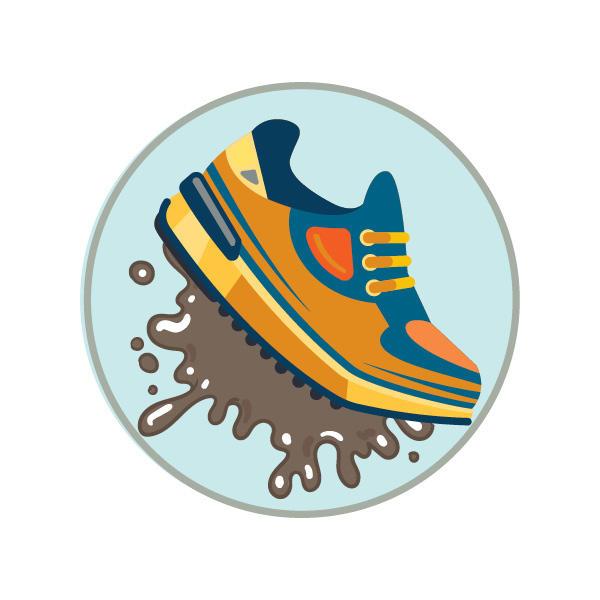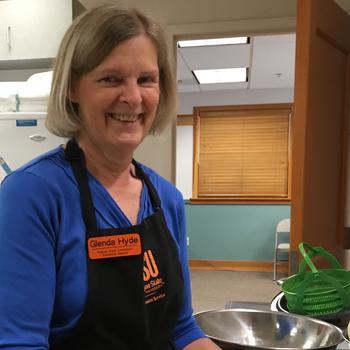Smoke and ash from wildfires can make air unhealthy to breathe. When ash accumulates in the garden, it’s natural to wonder: Is the produce safe to eat? The safety risk depends on the materials that burned.
Studies indicate that garden produce can be harvested, eaten and preserved—even in smoky areas—with precautions. Here’s how to protect yourself and your garden produce.
1. Protect yourself
- Protect your lungs from smoke. Wear an N95 or P100 mask outdoors in poor air quality.
- Protect your skin against ash. Wear long pants and sleeves, gloves, hat and closed-toe shoes when harvesting.
2. Pick and choose
Always wash your hands before and after harvesting and rinsing produce. If produce is completely covered in ash so no color is visible, discard produce in the yard waste bin.
3. Outdoor rinse
Gently pre-rinse your produce outside with a hose or bucket of potable water to remove visible soil and ash.
4. Keep outdoors… outdoors
Before entering, remove your shoes. Inside, change into clean clothes. Bag smoky clothes and wash them as soon as possible to avoid tracking ash into and around your home.
5. Rinse and rub produce
Wash hands. Remove outer leaves. Rinse and rub produce under cool running water to remove soil, grit and ash. Peel before cooking or serving.
For more information
Best Practices for Produce Safety after a Fire. 2019. University of California Cooperative Extension Sonoma County. https://beav.es/Tzj.
Guide to Washing Fresh Produce. 2010. University of Colorado Extension and USDA. https://beav.es/Tz9.
Is it safe to eat my garden produce affected by wildfires?. 2020. Ask Extension. Oregon State University Extension. https://beav.es/TzC.
Produce Safety after Urban Wildfire. 2019. University of California Cooperative Extension Sonoma County. https://beav.es/Tzy.
What should I do about the wildfire ash covering my yard and garden?. 2020. Ask Extension. Oregon State University Extension. https://beav.es/TzF.
Special acknowledgement: Diana Reyes, Communications Specialist, Extension Communications - graphic design and translations.






